Forests cover one third of the Earth’s land mass, performing vital functions around the world.
Approximately 1.6 billion people – including more than 2,000 indigenous cultures – depend on forests for their livelihoods, medicines, fuel, food and shelter.
Uganda‘s diverse forest ecosystem is important for both nature conservation and human development through the water cycle and soil development. These forests are a required partner for the agricultural sector, the country’s backbone.
However, the country continues to suffer from unprecedented rates of deforestation and forest degradation and destruction of other natural/protected areas like wetlands, swamps despite concerted efforts by government and non-government actors to protect and restore these natural resources.
Overall, the country has been losing on average 122,000 ha/year
of forest every year from 1990-2015 with greatest loss in the country estimated at 250,000 ha of forests per year between 2010 and 2015 (MWE 2016).
In 2010, Kasese had 153kha of tree cover, extending over 46% of its land area. In 2021, it lost 596ha of tree cover, equivalent to 328kt of CO₂ emissions. From 2000 to 2020, Kasese experienced a net change of -2.10kha (-1.9%) in tree cover. https://www.globalforestwatch.org.
The major causes of these destructions have been linked to Kasese’s rapid population growth, bad farming methods across hilly areas that have left them bare, unguided agricultural activities along river banks and swamps and wetlands, massive deforestation among others.
For example the national census of 1969 enumerated the population of Kasese Town at 7,213 people. In 1980, the census that year put the population of the town at 9,917. In 1991, the national census numerated 18,750 inhabitants in Kasese. That population had increased to 85,697 people, according to the 2002 national census. On 27 August 2014, the census and national housing survey enumerated 101,065 people in Kasese Town Council
In 2020, the Uganda Bureau of Statistics (UBOS), estimated the mid-year population of the town at 115,400 inhabitants. UBOS calculated that the population of Kasese Municipality increased at an average rate of 2.3 percent annually, between 2014 and 2020.
Looking at this population trend you would expect a serious competition on the limited land that never expands but also surrounded with two national parks, Queen Elizabeth and Mt.Rwenzori, the lakes and rivers among others.
As a result several disasters have hit kasese District and Kasese Municipality has either not been spared.
In May 2020 Kasese experienced one of the worst disasters in her history. This followed a massive one that had earlier happened in 2013, the floods ravaged the entire Municipality and left properties worth millions of shillings and some lives lost. This was the start of the striking nature that had either been tampered with by the local communities that facilitated the catastrophe. https://gedauganda.org/floods-ravage-kasese-destroy-kilembe-mines-hospital-and-other-property-worth-billions-of-money-again/
To-date the effects and damage of the 2013 & 2020 floods are still vivid especially in Kilembe and the lower parts of Kasese Municipality, there has been a repeat of these floods though not at the magnitude of the 2020 situation.
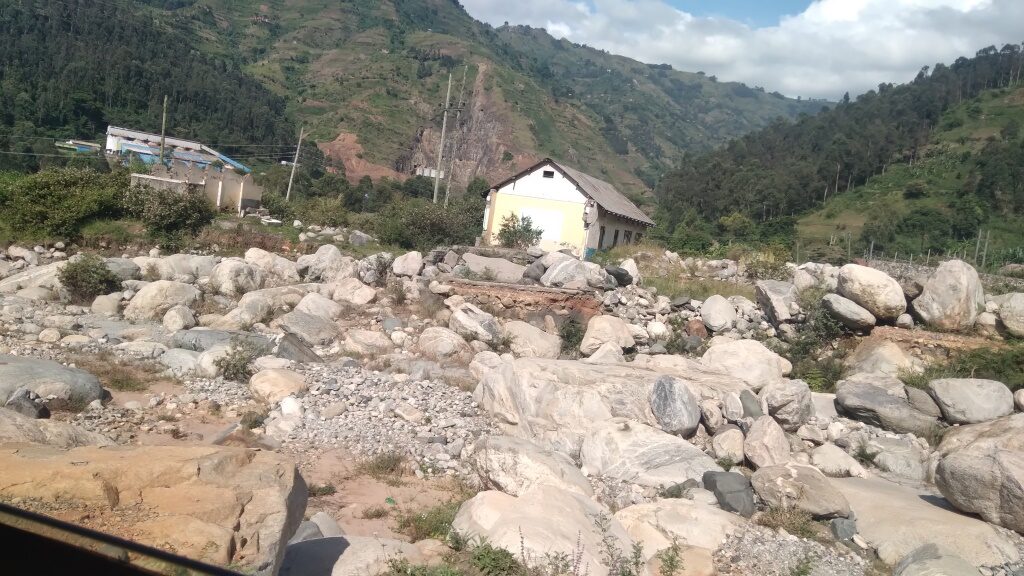
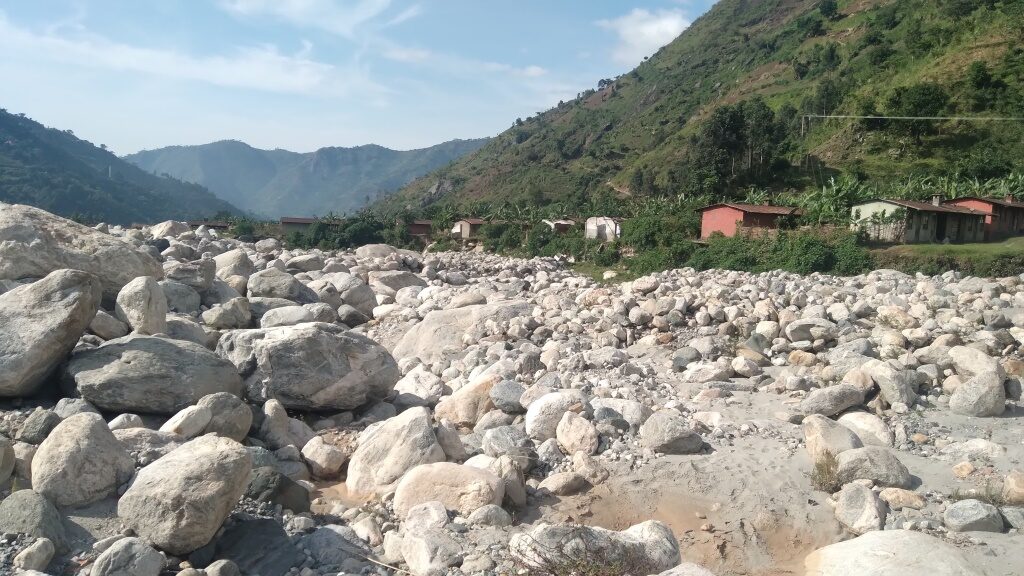
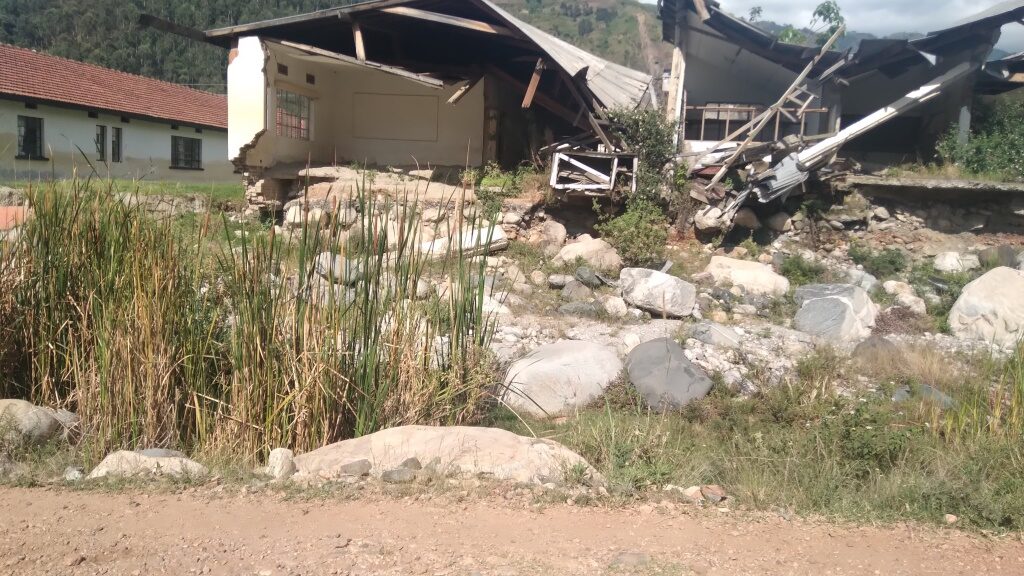
Photos above: Remains of the houses during the 2013 & 2020 floods in Kilembe and heavy debris carried by the flooded Nyamwamba river then.
In 2022 another serious disaster of mudslides happened in Kasika a small trading center at the out skirts of Kasese central Municipality killing 16 persons and leaving property worth huge sums of money destroyed. People were left homeless and re-located to an internally displaced peoples’ camp (IDP) to-date.


Photos: Destruction of property and lives in Kasika September 2022 mudslides-Kasese
These catastrophes are not about to end unless measures have been put in place to stop this.
However, all is not lost. The Government of Uganda is doing all it’s best to avert such situations in the entire country. Currently the restoration of the Nyamwamba river valley in Kasese Municipality is being done as one of the efforts to put an end to this river flooding. Several other efforts are being done by different stakeholders to supplement the Government efforts.
In the same vein, Kasese Municipality and Expertise France, under the Covenant of Mayors in Sub-Saharan Africa (CoM SSA) initiative to make cities in Sub Saharan Africa resilient in the fight against climate change and ensuring access to clean energy are supporting the municipality to;
- Conduct a land cover and landuse mapping and assessment for Kasese Municipality with focus on forest cover, develop an urban forest management action plan and a practical implementation strategy and as well build local capacity in GIS and urban forest management and;
- Develop an inventory of wetlands and river banks in Kasese Municipality, survey, demarcate their boundaries and develop a wetland management plan with a practical implementation strategy and build local capacity in participatory community based approaches to restoration of degraded wetlands.
All this is being done with technical guidance of Gender-Environment and Development Action Uganda, a Ugandan not for profit organization with expertise and experience in Environment management.
Several activities have been going on and the recent one has been building the capacity of the community (20 TOTs) in practical implementation of the developed wetland management strategy, opening up, survey and demarcating the boundaries of all wetlands and river banks in Kasese Municipality to prevent further encroachment on the same.
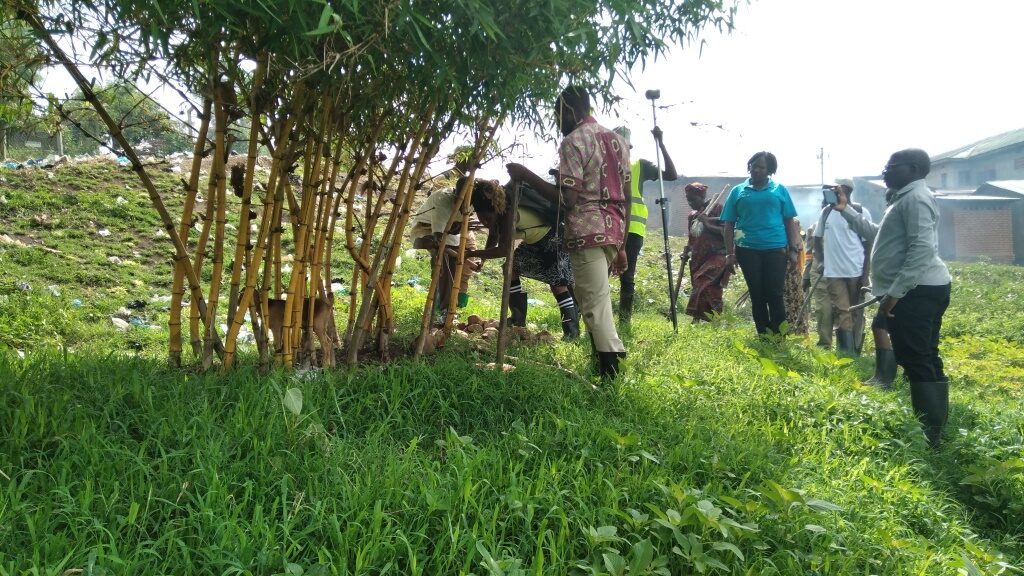
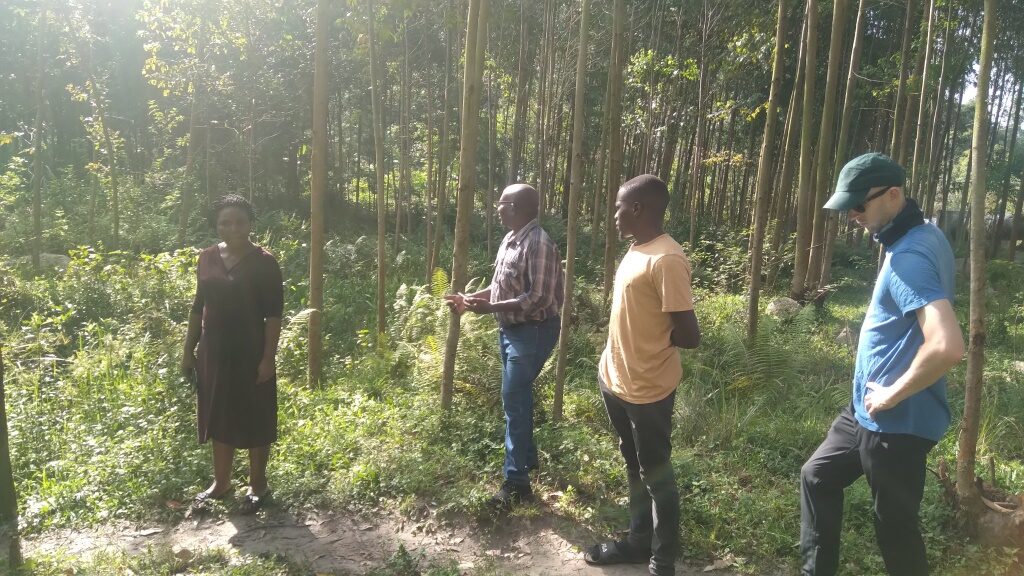
Gender Environment and Development Action has played a role in this restoration after a partnership with Kasese Municipality and Expertise France. A number of other activities are still at large to complete the assignment including planting beacons along the boundaries of wetlands and river banks in Kasese Municiplaity, develop a comprehensive wetlands management action plan and its practical implementation strategy emphasizing priority actions for the different wetlands.
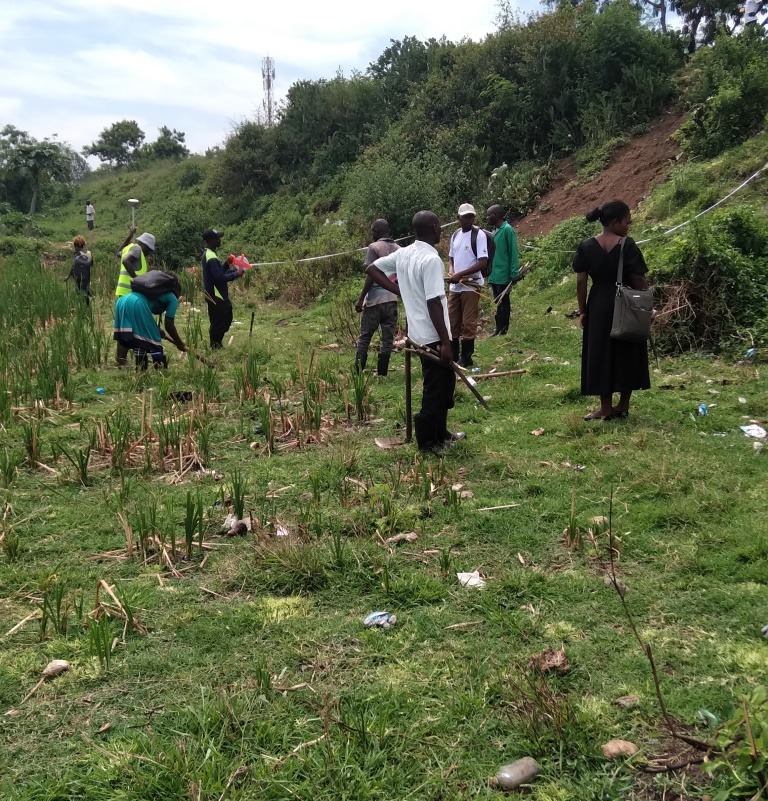
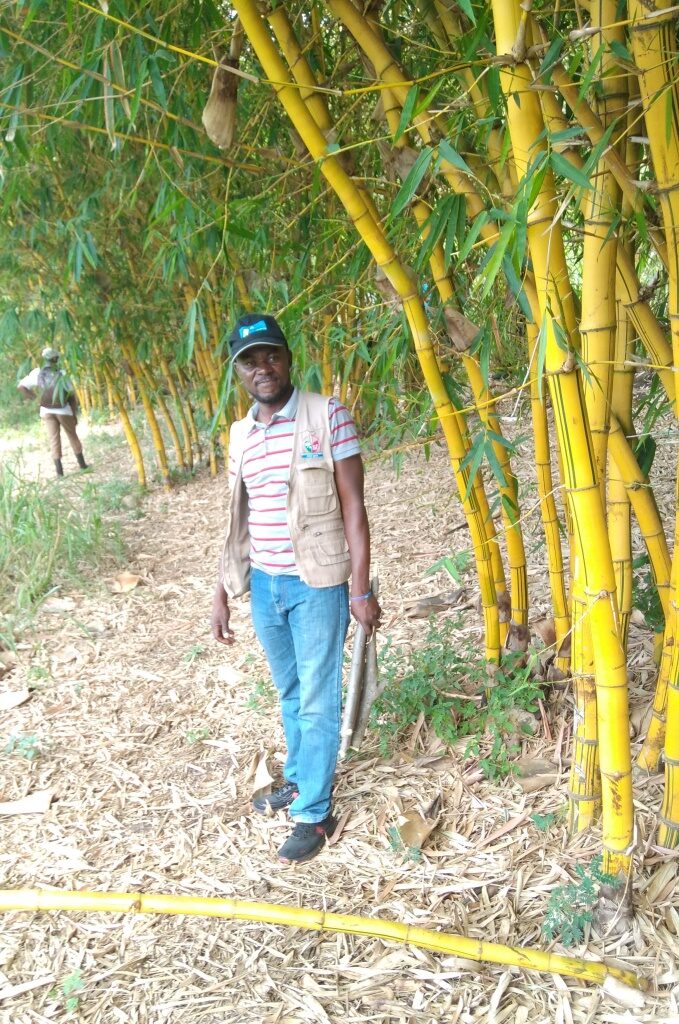
The restoration work and safeguarding these natural resources to prevent a repeat of the previous catastrophes is however not a one man’s assignment and still needs a lot of efforts from different stakeholders. There is need to do more sensitization of the communities to understand the risks of destroying these places, afforestation especially in the already destroyed hilly and river bank areas among others.
It is our responsibility as stakeholders and actors in this sector to provide leadership and guidance to our communities for a resilient and dignified lives for all.

Comments